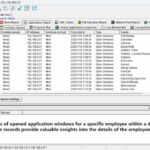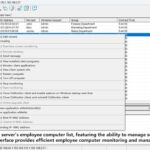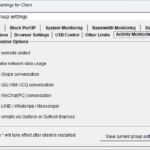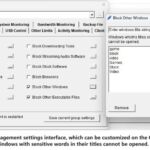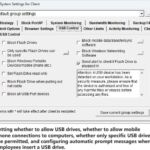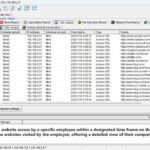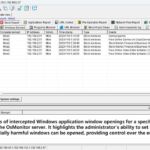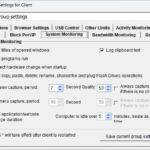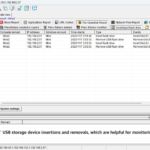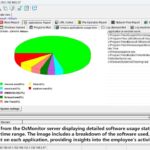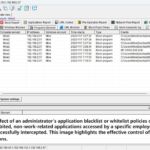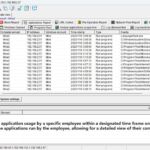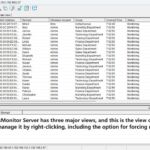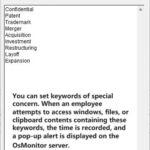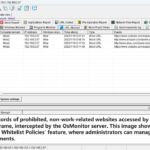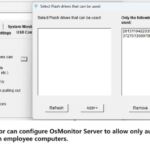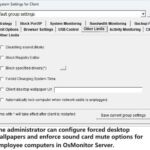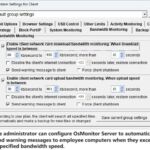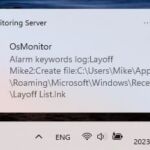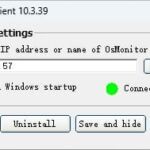When discussing the FFT (Fast Fourier Transform) algorithm, we are delving into a remarkable mathematical technique that transforms signals from a time-domain perspective into a frequency-domain perspective. This algorithm has demonstrated its remarkable utility in various fields such as digital signal processing, image processing, and communications. However, directly applying the FFT in local area network (LAN) management software might seem somewhat uncommon, as the FFT mainly shines in the realms of signal processing and mathematical computations, which may not appear directly related to network management.
On the stage of LAN management software, the protagonists are more focused on monitoring network devices, configuring them, and troubleshooting unexpected issues. Of course, in certain scenarios, there might be room for FFT or similar algorithms to assist with certain network analysis challenges or performance enhancements. The following are some examples of potential applications and implementation methods of FFT in LAN management software:
- Signal Analysis: In a LAN environment, it might be necessary to analyze network traffic or data transmission patterns. FFT can be employed to transform time-domain network traffic data into the frequency domain, allowing the analysis of different frequency components present in the network.
- Spectrum Analysis: Utilizing FFT to analyze different frequency components of signals in a LAN could help detect anomalies or unusual activities, such as network attacks or abnormal traffic.
- Performance Optimization: In LAN management, optimizing network performance is sometimes required to ensure efficient data transmission. FFT can be used to analyze network performance bottlenecks or frequency interferences to facilitate necessary optimizations.
The steps for implementing FFT or similar algorithms usually involve the following:
- Data Collection: Initially, the data to be processed needs to be collected. This could include network traffic data, sensor data, etc. In LAN management, it could involve data collected from network devices.
- Data Preprocessing: Preprocess the collected data, which may involve steps such as denoising, smoothing, and data truncation to ensure data quality.
- FFT Calculation: Apply the FFT algorithm to transform time-domain data into frequency-domain data. FFT algorithms can be implemented using various libraries and toolkits like NumPy, SciPy, etc.
- Spectrum Analysis: Analyze the obtained spectral data to determine the presence of anomalies or specific patterns.
- Taking Action: Based on the analysis results, take appropriate actions, which could include network configuration changes, troubleshooting, optimization strategies, etc.
However, it's important to note that FFT might not be suitable for all LAN management software; this depends on your specific requirements and the inherent functionalities of the software. During the actual implementation process, you might need to cleverly adjust and optimize for specific contexts and data to fully harness the power of FFT.
About OsMonitor:
The mission of OsMonitor is to create a Windows computer system tailored for work purposes, effectively regulating employee computer behavior. It enables employers to understand what employees are doing each day, monitoring every action, including screen activity and internet usage. Additionally, it restricts employees from engaging in specific activities such as online shopping, gaming, and the use of USB drives.
OsMonitor, designed purely as software, is remarkably user-friendly and requires no additional hardware modifications. A single management machine can oversee all employee computers. As a leading brand in employee computer monitoring software with over a decade of successful operation, OsMonitor has rapidly captured the global market with its minimal file size and excellent cost-effectiveness compared to similar software. At this moment, thousands of business computers worldwide are running OsMonitor daily.




